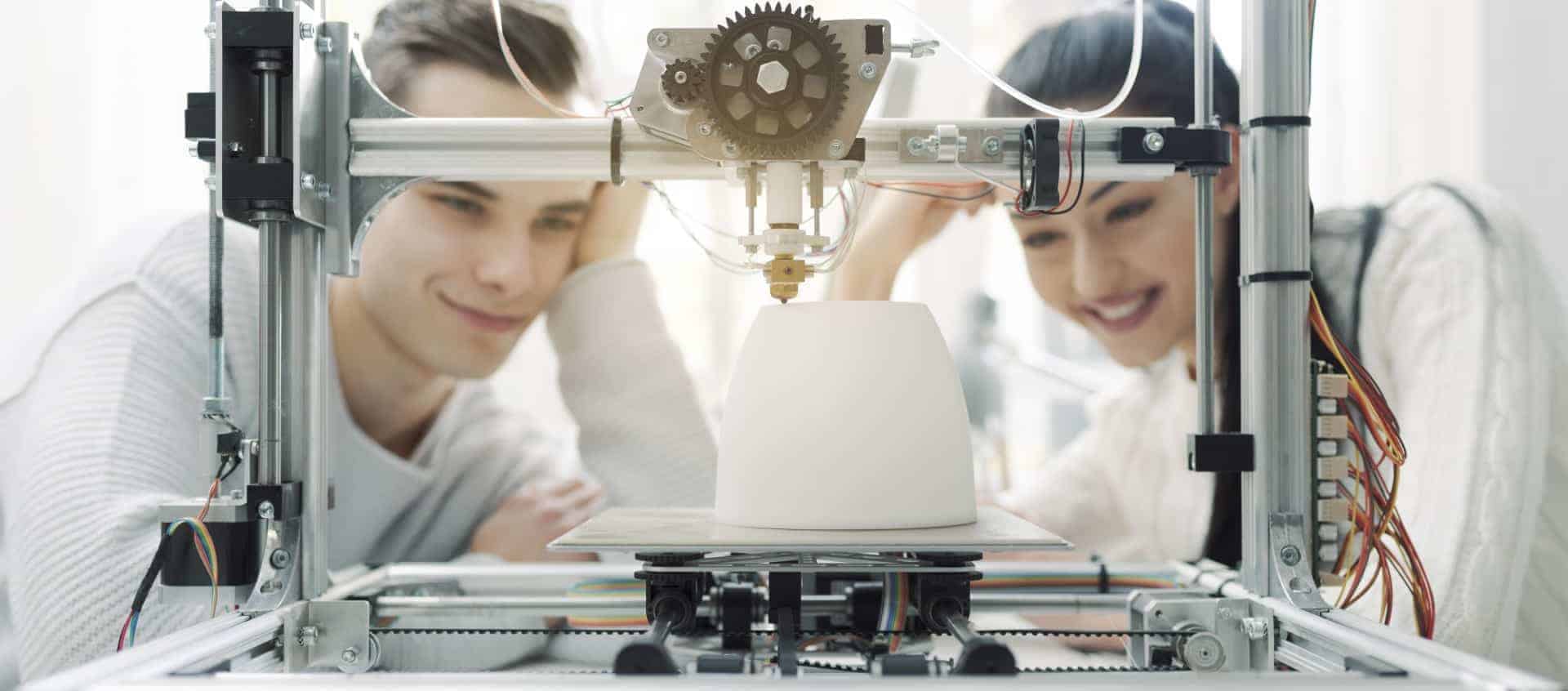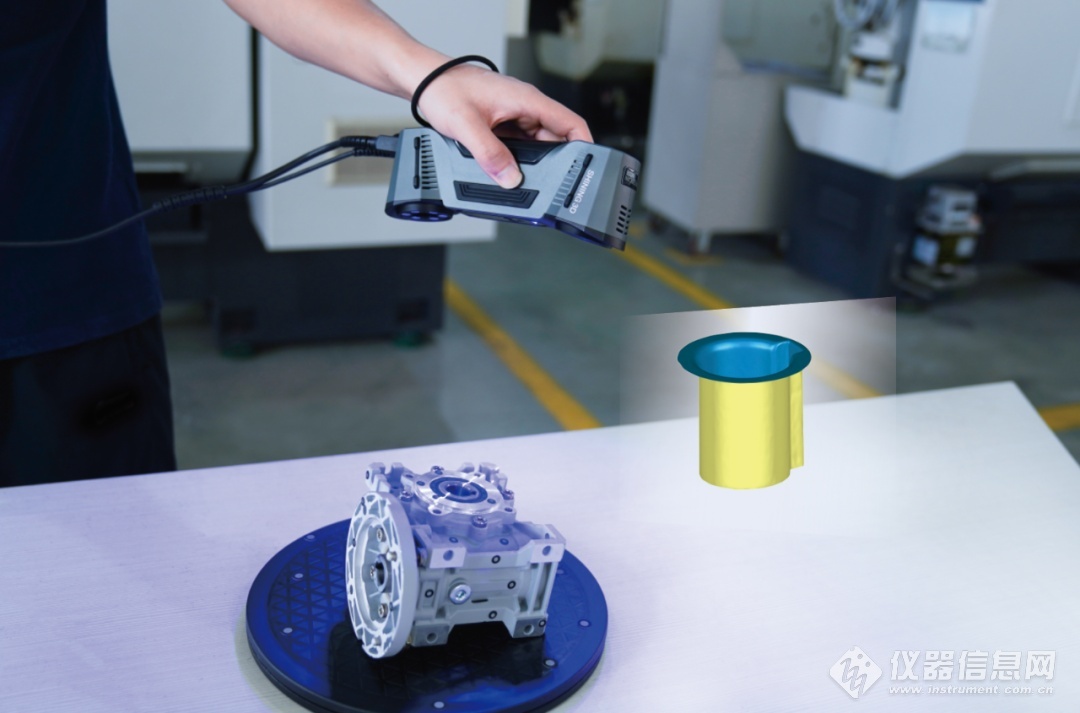3D printing is an additive form of manufacturing, meaning it creates items by laying down successive layers of material. The process can be applied to a wide range of materials, including plastic, metal, and ceramics. 3D printers are being used in various industries for various purposes. Industry giants have already started using 3D printing for prototypes to save time and money on production runs. However, not all 3D printer applications are solely focused on business use cases. The most significant impact on society comes from the introduction of open-source 3D printers that have drastically reduced the cost of entry to new users and lowered the barrier to innovation for students and academics alike.
3D Printing in the Classroom
One of the benefits of 3D printing in the classroom is that students can make prototypes and models for their projects. 3D printing has become a crucial technology in education, not just for manufacturing but also for learning. Students can handle 3D printed objects more easily than they could with digital versions of these objects. They also get to see how 3D printed objects behave differently than 2D versions of the same object. 3D printers have been used in the past to print objects from CAD designs. This technology has allowed designers of many items, from cars to clothing, to get a better idea of the final product. Now, 3D printing is being introduced into schools and research facilities across the country. The recent introduction of 3D printers into schools and research facilities is changing the landscape for these industries. This new technology has been met with some scepticism, but many people are starting to see it as a potential for a change in education and research practices.
Medical & Scientific Applications of 3D Printing
3D printing is a relatively new technology that has made some drastic changes in the medical and scientific fields. The use of 3D printing in medical research has been on the rise. It has opened up a new realm for doctors and scientists to explore new methods of treatment, surgical practice, and more. As the technology becomes more advanced, we can expect to see more uses in this field emerge.3D printing has been used to make objects for numerous medical purposes, from craniofacial surgery to prosthetics. It’s even been used as a way to manufacture medicine. In the near future, we can expect more innovation in this field as 3D printers become smaller and cheaper. Scientists have also found uses for 3D printing technology. We can expect to see new applications in the coming years. Scientists and researchers are currently designing tools that will allow them to do experiments at a much higher resolution than before. This means that they can use 3D printers to design objects with far more detail than ever.
The Future of 3D Printing in Education and Research
3D printing technology has been advancing quickly, and it can be used for more tasks than most people realize. The simple fact that it allows these industries to access new technology without spending a fortune is enough to make it a big deal. Although some people are still skeptical about the usefulness of 3D printing in education and research, we can expect this field to make more progress as time goes on. 3D printing is already helping enrich the educational process for students and teachers alike. Technology has opened up a whole new world of opportunity for people and organizations and will only improve as it becomes cheaper and more efficient over time.
The Impact of 3D Printing Technology in STEM
The world of STEM is changing. With the advent of 3D printing, students can no longer only experiment with basic materials like cardboard, plastic, and clay. They can now use metal, wood, or even food to do their research. This is not only helpful for experimenting purposes but also for education. By using 3D printing technology in this way, students are learning about the world around them by using these materials that they may one day encounter in the real world.
The Future of Emerging Technologies in Education & Research
The future of emerging technologies in education and research is not so much about what we will be able to do as it is about how we will be able to do it. New technologies are a great way to engage students and create a more personalized learning experience for them. These new technologies also give teachers access to better tools for their classroom management. With the introduction of VR, AR, AI, and machine learning-based applications, the possibilities are endless.
Here at 3D Printers Online, we are passionate about enabling future generations to use new technologies to learn, create and inspire. Get in touch with us to see how we can help get your next project off the ground.





